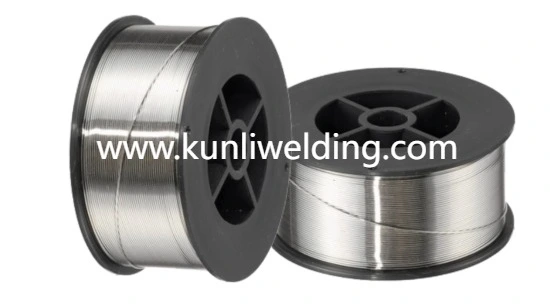Choose a test user to login and take a site tour.






5 minutes, 28 seconds
-4 Views 0 Comments 0 Likes 0 Reviews

From coastal wind farms to rooftop arrays and grid edge substations, braided conductors play quiet but essential roles in energy projects, and Aluminum Braided Wire Manufacturers have refined designs to meet the sector's evolving needs. As renewable projects expand and electrification efforts gain emphasis in headlines, specifiers are looking closely at where braided aluminum is used and why those locations matter for reliability, safety and lifecycle planning.
One common application is in grounding and bonding. Braided straps and tapes provide flexible, low impedance connections that accommodate vibration and thermal movement in towers and panels. When a structure moves slightly under wind or thermal cycles, a braided link absorbs that motion while maintaining electrical continuity. For systems where steady grounding paths are required to protect sensitive electronics and to ensure personnel safety, specifying a braid with the right strand layout and mechanical finish reduces field adjustments and simplifies inspections.
Another place braided aluminum shows up is in cable transitions and terminations. Where rigid bus bars meet flexible harnesses or where equipment must float relative to a mounting frame, a braided conductor forms the mechanical bridge. The weave pattern influences how the braid conforms to lugs and compresses under clamps, so procurement that aligns weave with termination method helps technicians produce consistent crimps and crimps that pass inspection without repeated dressing.
In earthing systems that span long runs, braided conductors serve as durable jumpers across joints and across modular sections. Their flexibility supports routing around obstacles and allows installers to preform ends that sit neatly under clamps. For distributed energy sites where installers must work quickly and often at height, a braid that arrives on protective reels and that is easy to dress into a lug saves time and lowers exposure to on site risk factors.
Braided wire also features in surge and bonding networks that protect electronics in inverters and control cabinets. Where transient currents must be shunted away from sensitive circuitry, a braid with broad contact area and stable geometry helps maintain performance under short duration high current events. Engineers select patterns and strand counts to balance flexibility with cross sectional contact area so the conductor behaves predictably when called on by system protection hardware.
Installation and maintenance considerations matter as much as the electrical performance. Packaging that prevents kinking and that keeps the braid clean from oils and dirt reduces termination failures and inspection rework. Suppliers who offer clear handling guidance and who provide preformed ends or fitted sleeves shorten field assembly steps. That practical support is valuable where crews must repeat similar terminations across multiple sites and aim to keep downtime low.
Environmental exposure steers finish and weave selection too. In coastal installations and offshore platforms the braid must resist corrosive atmospheres and avoid trapping moisture where crevices accelerate corrosion. Choosing a weave that sheds moisture and that pairs with an appropriate surface treatment lowers maintenance cycles and helps protective coatings adhere reliably at terminations.
As renewable programs scale, traceability and consistent production practice grow in importance. Project teams benefit when manufacturers mark lots and retain production notes so any anomaly can be traced to a specific batch rather than interrupting broad deliveries. That capability supports faster resolution of issues and keeps construction schedules on track when multiple supply chains converge.
For buyers, a short validation routine is a sensible step. Request a sample length that matches your termination hardware test the braid through the clamps and under the routing conditions it will face and confirm how it behaves after a short flex cycle. Retain a small sample from the approved batch and attach a handling note so future lots can be compared.
When specifying braided conductors for renewable projects, weigh flexibility, termination compatibility, environmental finish and supplier traceability together. Those combined choices influence uptime and maintenance load as much as initial material cost. For product listings and guidance on braid patterns packaging and handling relevant to renewable systems visit www.kunliwelding.com .

Share this page with your family and friends.